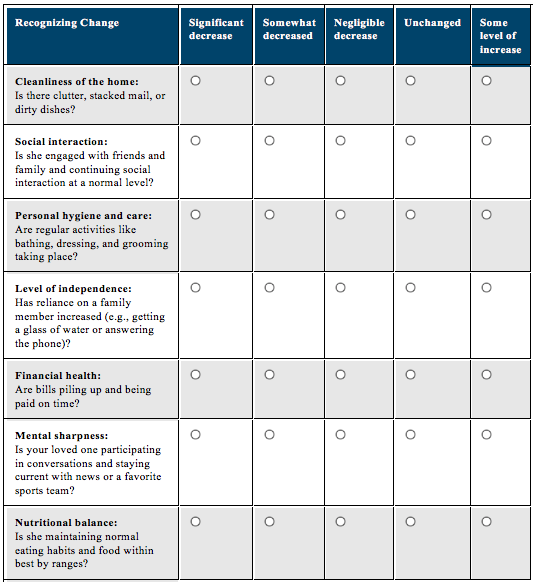
March 31, 2017 // WorkLife Wisdom: Managing Child Care/After-School Care Costs

Whether you’ve had a child in day care before or are just starting the process as a working parent, you’re surely aware of the substantial costs of child care. Another parenting challenge is arranging reliable care for older children in the afternoon hours between school dismissal and your arrival at home. Regardless of your situation, there are a number of money-saving tactics you can consider.
- Shop around for day care: You can start the process of selecting a day care center by asking other parents about their levels of satisfaction with a specific center, how much they’re paying, and whether they’d recommend it. Visit facilities in-person. An even better way to arrange skilled, qualified day care is to tap into your FAA WorkLife Solutions program, through which work-life specialists do the legwork for you in identifying pre-screened local care options.
- Utilize on-site day care if available: Depending on your FAA work location, on-site day care may be a great option for caring for your child. On-site care is often more affordable than community-based care, and you’ll enjoy the peace of mind of having your child nearby. The FAA offers onsite Child Care through the National Child Development Program. The program has locations nationwide providing nationally accredited child development care. Quality child care enhances the family and strengthens the workforce. For more information, contact National Child Development Program Manager Martina Shipman at Martina.Shipman@faa.gov.
- Request a sibling discount: If applicable to your situation, ask day care centers if they offer sibling discounts. Although they may not volunteer the information, many centers offer reduced rates for a second and third child. Ask about it during your initial vetting process.
- Take advantage of flexible spending and/or tax credit: Consider setting up a flexible spending account (FSA) to set aside money (up to $5,000 tax-free) for child care. Or, tap into the child care tax credit that enables you to itemize up to $3,000 in expenses per child per year, with a $6,000 annual family cap. Be aware that if you use both an FSA and tax credit, the FSA money is applied to the tax credit cap first, reducing the amount you can itemize for tax credit.
- Adjust your schedule(s): If you (or a partner) have some work schedule flexibility, you can trim the amount of time a child spends in day care — and save money. For example, you or your partner might check with a supervisor about alternative work schedules such as telecommuting on certain days or starting the workday earlier and leaving earlier.
- Consider in-home day care: In-home caregiving options are often less expensive than facility-based centers, although they don’t typically offer as many amenities. When selecting a home-based caregiver, check their state licensure, accreditation, qualifications, and references.
- Share resources with other parents: For example, if a working friend is also seeking day care services, consider hiring one qualified nanny to watch both sets of children — and share the cost.
- Get the family involved: If you’re fortunate enough to have family nearby, ask if they are willing to help with child care. While a grandparent doesn’t need to be your child’s sole caregiver, you may be able to reduce day care hours if family members can provide part-time caregiving help.
- Hire a nanny for after school: If your concern is after-school care, review local caregiving databases to find an after-school nanny. These caregivers typically pick children up from school and take care of them at your home, as well as provide other services you may need.
- Employ a trusted teen babysitter: Many teenagers appreciate an opportunity to earn money on a regular basis close to home. Find out if there are teens in your neighborhood that would be willing to supervise your child after school for a fee.
- Consider other community options: Most public schools offer subsidized and structured care programs where children can stay each afternoon. Also, community or private after-school programs (e.g., through the YMCA) may offer after-school care including transportation from school to the centers. You could also check with a local church, as many offer after-school care programs for an affordable rate.
- Child Care Subsidy: FAA realizes that the cost of child care strains many household budgets. The Child Care Subsidy program administered by ASI Works, Inc, is for FAA employees who have children under the age of 13, or whose children are disabled and under the age of 18. To qualify for the program, an employee’s household income must not exceed $72,000. (The income ceiling will soon increase). To find out more information about the eligibility requirements and to obtain an application, visit https://childcaresubsidymatters.com. For questions on the FAA CCSP Program, contact Martina.Shipman@faa.gov.
Accessible 24/7, your FAA WorkLife Solutions Program offers many resources and services to help you and your family. Options available through the program include concierge services to help with everyday events needing your time and attention, child and elder care options, legal and financial services, in-person counseling, and much more. Call your program at 1-800-234-1327, TTY Users: 1-800-456-4006, or log on to www.MagellanHealth.com/Member to begin accessing these services today.
Sources: Care.com, MoneyCrashers.com, SheKnows.com, U.S. News & World Report.

